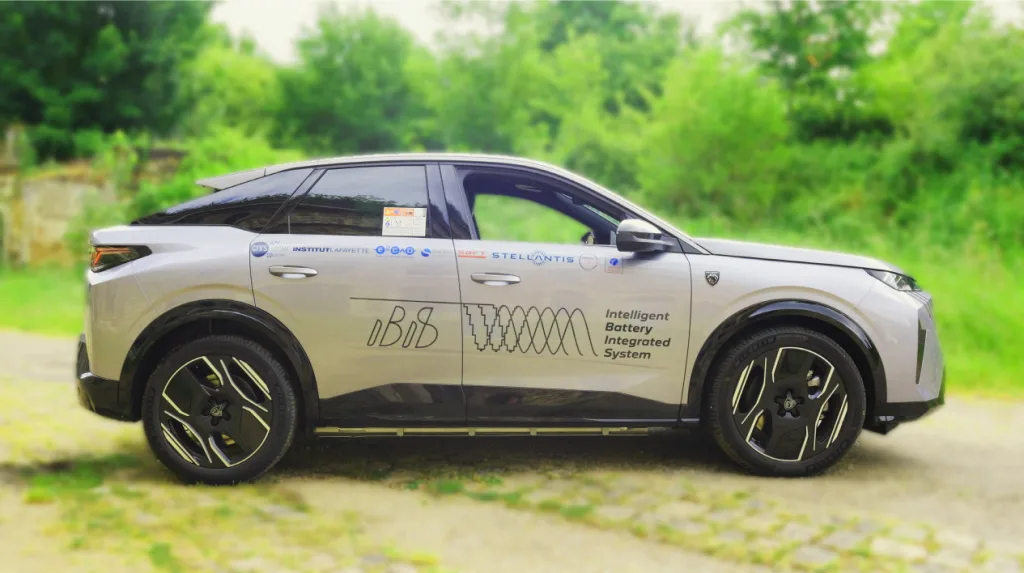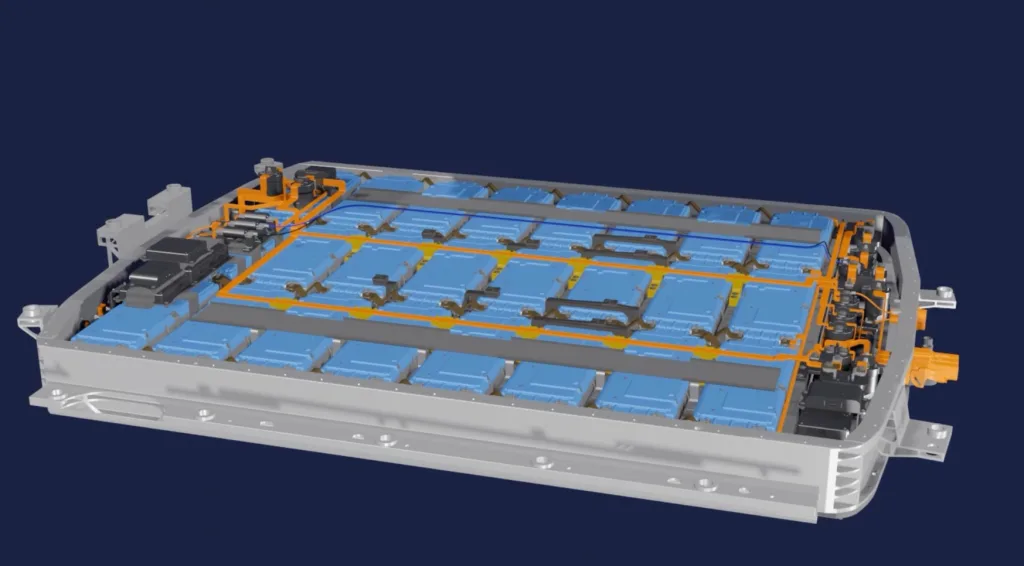
Stellantis, in partnership with Saft (a TotalEnergies subsidiary), has unveiled a groundbreaking prototype vehicle featuring IBIS technology— a French-based collaborative research project aimed at developing a more efficient, sustainable, and cost-effective energy storage and electric conversion system.
With real-world road testing now underway, this milestone marks a major leap forward in advancing electrification for both mobile and stationary energy applications.
A New Era in Electric Powertrain Design
The first fully functional IBIS(Intelligent Battery Integrated System)-equipped battery electric vehicle (BEV) is a new Peugeot E-3008, built on the STLA Medium platform.
This prototype follows years of design, modeling, and simulation by Stellantis and Saft, with support from E2-CAD, Sherpa Engineering, and leading French research institutions, including CNRS, Université Paris-Saclay, and Institut Lafayette.
Since mid-2022, an initial IBIS demonstrator for stationary applications has been operational, validating key technical concepts and generating numerous patents. The transition to a mobile prototype represents a leap forward in the system’s development.
How It Works: Integration That Simplifies Everything
IBIS reimagines the electric powertrain by embedding inverter and charger functionalities directly into the battery, regardless of chemistry or application.

This architecture supports both alternating current (AC) and direct current (DC), supplying electric energy directly to the motor or grid, while simultaneously supplying the vehicle’s 12V network and auxiliary systems.
Peugeot E-3008 and IBIS, Key Benefits
- Efficiency & Performance: Up to 10% energy efficiency improvement (WLTC cycle) and 15% power gain (172 kW vs. 150 kW) with the same battery size.
- Weight & Space Savings: Reduces vehicle weight by ~40 kg and frees up to 17 liters of volume, enabling better aerodynamics and design flexibility.
- Faster Charging: Early results show a 15% reduction in charging time (e.g., from 7 to 6 hours on a 7 kW AC charger), along with 10% energy savings.
- Simplified Maintenance: Easier servicing and enhanced potential for second-life battery reuse in both automotive and stationary applications.
IBIS also streamlines maintenance and facilitates the reuse of second-life batteries in stationary automotive applications by reducing the need for extensive reconditioning.
